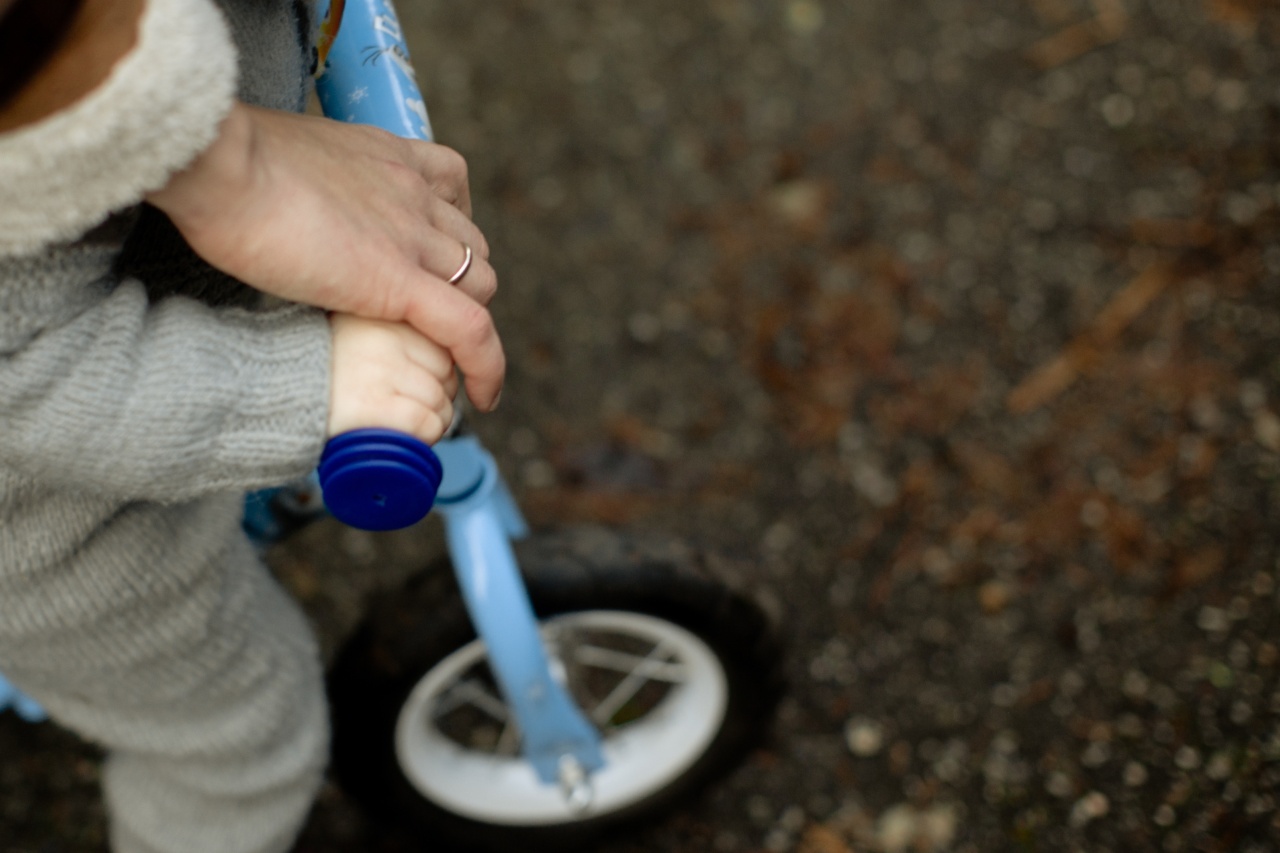Bedwetting, also known as nocturnal enuresis, is a common issue that affects many children. It refers to the unintentional passage of urine during sleep in children above the age of five.
While it can be frustrating for both the child and the parents, it is important to remember that it is a developmentally normal process and most children outgrow it over time. However, there are several strategies and techniques that parents can implement to help their child overcome bedwetting and achieve dry nights consistently.
Understanding the Causes
Before diving into the strategies, it is crucial to understand the possible causes of bedwetting. While each child is unique, some common factors can contribute to the issue. These may include:.
- Delayed development of the bladder
- Excessive production of urine at night
- Family history of bedwetting
- Stress or emotional factors
- Hormonal imbalances
Establishing a Bedtime Routine
Creating a consistent bedtime routine can significantly help in addressing bedwetting. A structured routine signals to the child’s body that it’s time to relax and prepare for sleep. Consider incorporating the following elements:.
- Set a specific bedtime and wake-up time
- Encourage your child to use the bathroom right before sleep
- Limit fluid intake before bed
- Ensure a calm and relaxing environment
- Implement a soothing pre-sleep activity such as reading or listening to gentle music
Reward Systems and Motivation
Positive reinforcement through reward systems can be a powerful tool in encouraging your child to stay dry throughout the night. Recognize and celebrate dry nights by offering small incentives or creating a reward chart.
This approach not only boosts their confidence but also reinforces their commitment to achieving dry nights.
Using Protective Bedding
Investing in protective bedding, such as waterproof mattress covers and absorbent sheets, can be a practical approach to managing bedwetting.
These products act as a barrier, preventing the mattress from getting soiled and making the cleanup process easier. It also minimizes the stress and discomfort associated with wet sheets, creating a more positive experience for the child.
The Power of Nighttime Alarms
Nighttime alarms, also known as bedwetting alarms or enuresis alarms, are highly effective in treating bedwetting. These devices work by detecting moisture and triggering an alarm that wakes the child up at the first sign of wetness.
Over time, the child learns to respond to the alarm by waking up and using the bathroom, eventually leading to dry nights. Nighttime alarms are considered one of the most successful interventions for bedwetting.
Encouraging Regular Bathroom Visits
Encourage your child to make regular bathroom visits throughout the day to ensure the bladder is adequately emptied. Creating a schedule or using prompts and reminders can be helpful, especially if your child gets easily distracted.
This practice trains the bladder to hold urine for longer periods, reducing the likelihood of bedwetting.
Limiting Fluid Intake
While it is crucial to keep your child hydrated throughout the day, limiting fluid intake in the evening hours can help manage bedwetting. Encourage your child to drink more fluids during the daytime and gradually reduce the intake closer to bedtime.
This can reduce the volume of urine produced at night, minimizing the risk of bedwetting episodes.
Addressing Emotional Factors
Bedwetting can sometimes be a result of emotional factors, such as stress or anxiety. It is essential to create a supportive and understanding environment for your child.
Engage in open conversations, validate their feelings, and reassure them that bedwetting is a temporary phase that can be overcome. If emotional factors persist, consider involving a mental health professional who can provide guidance and support.
Seeking Medical Advice
If bedwetting continues despite implementing various strategies, it may be beneficial to seek medical advice.
A healthcare professional can assess the situation, rule out any underlying medical conditions, and provide further guidance tailored to your child’s specific needs. Remember, medical intervention is rarely required, but it is always helpful to consult an expert if you have concerns.
Conclusion
Bedwetting is a common issue that often resolves itself as a child grows. By implementing the strategies discussed in this article, you can support your child on their journey towards dry nights.
Remember to be patient, understanding, and create a positive atmosphere that promotes confidence and reassurance. With time and the right strategies in place, your child will overcome bedwetting and enjoy uninterrupted sleep.





























